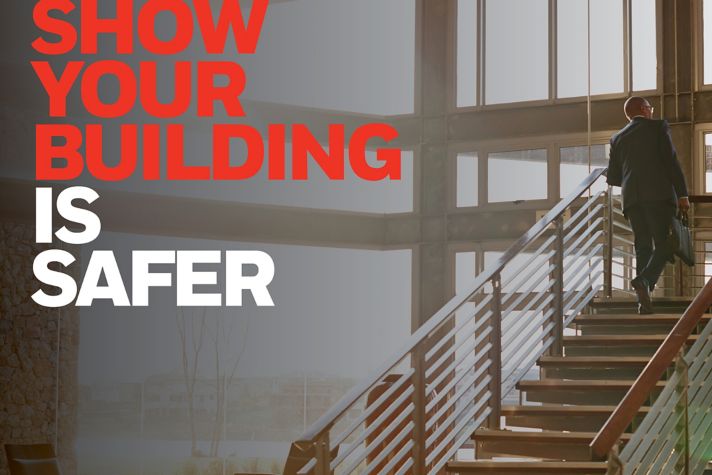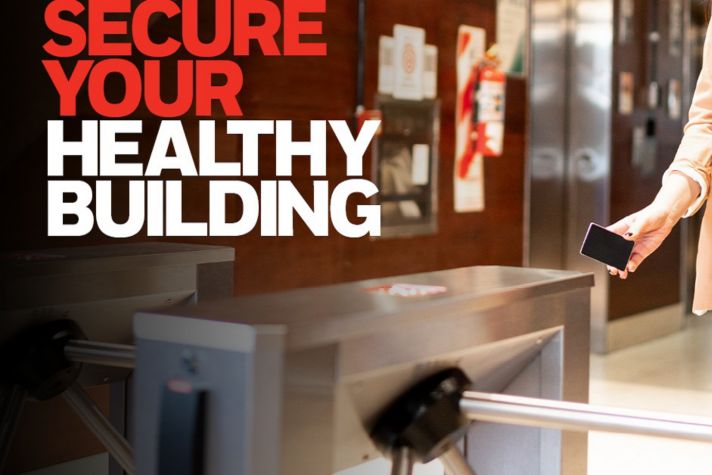-
 Einsatzort
Einsatzort-
Asia Pacific
-
Europe
-
Middle East
-
North America
- |
- Kontakt
- |
-
Currency:Lokalisieren Sie Ihre Inhalte
Sie können Ihre bevorzugte Währung für dieses Konto festlegen.
Wählen Sie eine Währung
Currency- CHOOSE YOUR CURRENCY
Währung aktualisieren
Das Ändern der Währung führt dazu, dass Ihr aktueller Warenkorb gelöscht wird. Klicken Sie auf OK, um fortzufahren.
Um Ihren aktuellen Warenkorb beizubehalten, klicken Sie auf SCHLIESSEN und speichern Sie dann Ihren Warenkorb, bevor Sie die Währung ändern.
-
Wählen Sie ein Konto aus
Wenn Sie das Konto wechseln, wird der Ihnen zur Verfügung stehende Produktkatalog aktualisiert. Wenn Sie das Konto wechseln, wird Ihr aktueller Warenkorb nicht in das neue Konto verschoben, das Sie auswählen. Ihr aktueller Warenkorb ist verfügbar, wenn Sie sich erneut in dieses Konto einloggen.
Account# Account Name City Zip/Post Code My Account
Sie durchsuchen den Produktkatalog für
- News
- Building Airflow Isn't a One Way Street
Building Airflow Isn't a One Way Street
Air flow is essential in the building environment. It can impact the structural integrity of a building, energy efficiency and environmental health. The latter has become increasingly relevant topic as businesses look to come back to buildings and the industry adjusts to a new normal. Occupants will want healthier environments for the buildings they use for work, school, entertainment and travel.
A modern healthy building improves the confidence and productivity of the people who use it while also considering energy efficiency. The backbone of indoor air quality – ventilation, relative humidity, filtration and pressurization – is also the starting point for a healthier building. Every building has these functions, but they may not be optimized for building health.
Out with the Old Air
It’s one thing when you enter your house and it feels “stuffy” or “stale” and you open a window or turn on a fan. That’s not a possibility in a high-rise office or a hospital. Buildings with poor ventilation aren’t just uncomfortable, they may even be unhealthy. Buildings without well-controlled and monitored air flow may inadvertently contribute to the spread of bacteria, pollen, pollutants, pathogens and other contaminants.
More than just moving air around within a space, air quality in any building depends on the amount of fresh air coming in and the ability to push old or “dirty” air out. The process of applying intentional and controlled ventilation to buildings is long established and is guided by ASHRAE 62.1 and other regional standards. Often essential to these standards is the rate of exchange: how many times per hour the full volume of air in a space is replaced through mechanical ventilation.
Rate of Exchange
Measuring the rate of air exchange happens when a building’s HVAC system is commissioned and is often rarely done again. That can make it difficult to prove that the exchanges are occurring at the desired rate. Air flow measuring stations installed on HVAC equipment within a building measure and track air flow rates on an ongoing basis with the building management system. This allows building owners to easily change the rate of exchange if guidelines change, without service interruption or the expense of hiring a contractor to take the measurements. Proper air exchange can dispel odors, chemicals and CO2, while balancing energy use and reducing disease transmission.
Meet the Latest Guidelines
Monitoring and adjusting air flow within a building can make occupants more comfortable, and it can also play a role in reducing airborne viruses or bacteria. A study conducted by Yale University, found that humidity levels kept in the 40-60% range can significantly reduce the ability of a virus to spread.
ASHRAE’s updated guidance for inhibiting the spread of viruses includes:
- Increase outdoor air ventilation (use caution in highly polluted areas)
- Disable demand-controlled ventilation (DCV)
- Open minimum outdoor air dampers, as high as 100%, thus eliminating recirculation
- Consider portable room air cleaners with HEPA filters
- Consider UVGI (ultraviolet germicidal irradiation), protecting occupants from radiation, particularly in high-risk spaces such as waiting rooms, prisons and shelters
- Consider altering equipment operating schedules to flush buildings with fresh air for two hours before and after occupancy
Air flow shouldn’t just be a consideration when a building is commissioned. It should be actively addressed based on season, occupancy, updated building guidelines and even factors like minimizing potential virus spread.
In many developed countries, people spend more than 90% of their days indoors so the indoor air quality in the buildings we work, live and play in needs to be optimized for health. Occupants will demand it. We can help building owners keep up with it. Learn more about Honeywell’s Healthy Building solutions.
Contributed by Peter Fehl, President, Building Management Systems, Honeywell
Copyright © 2024 Honeywell International, Inc.
Maximale Dateigröße
Maximale Anzahl an Dateien überschritten
Sie können nicht auf diese Seite zugreifen, da dieses Produkt in Ihrem Land nicht lieferbar ist.




